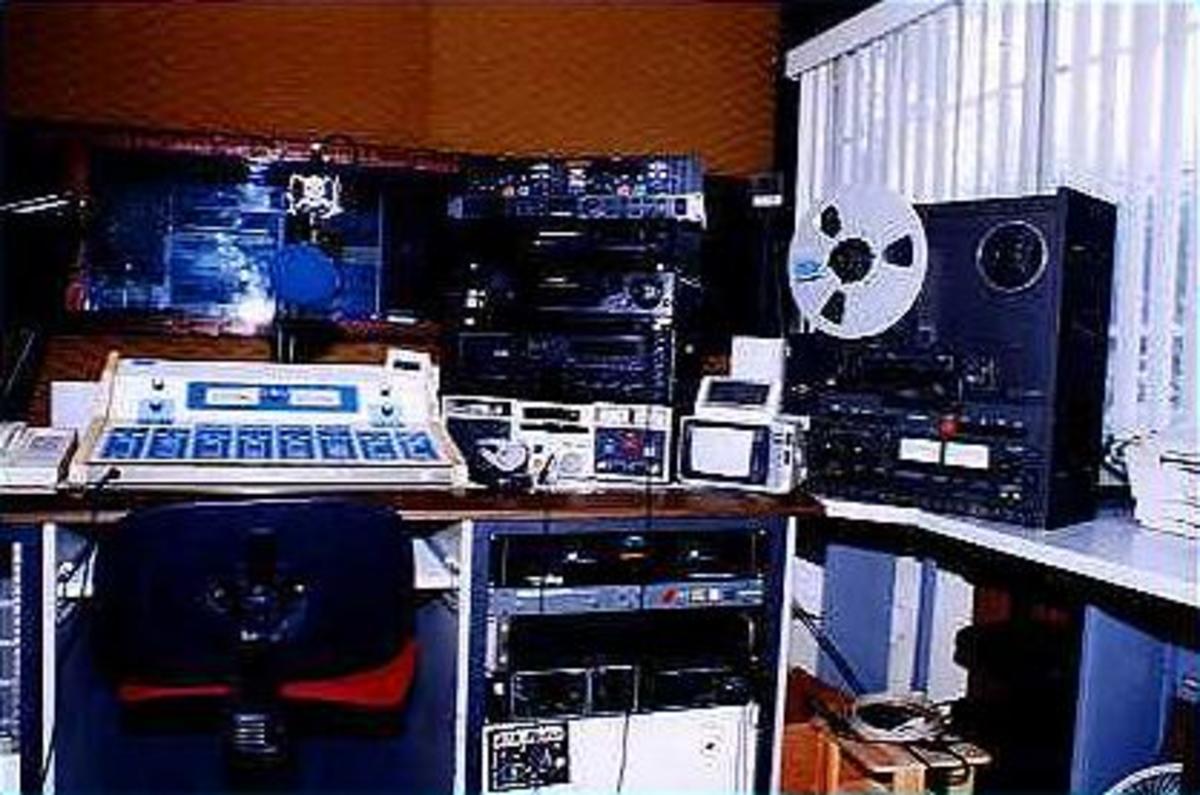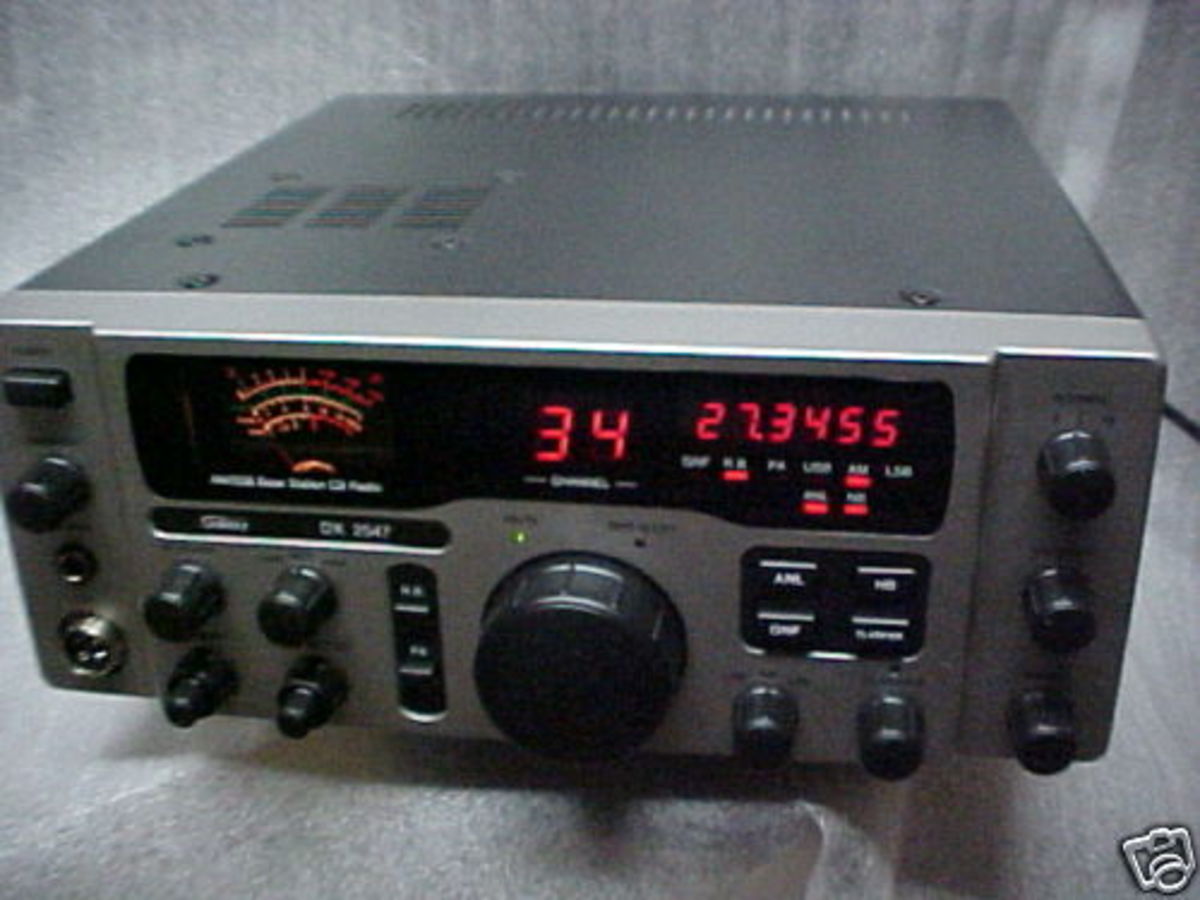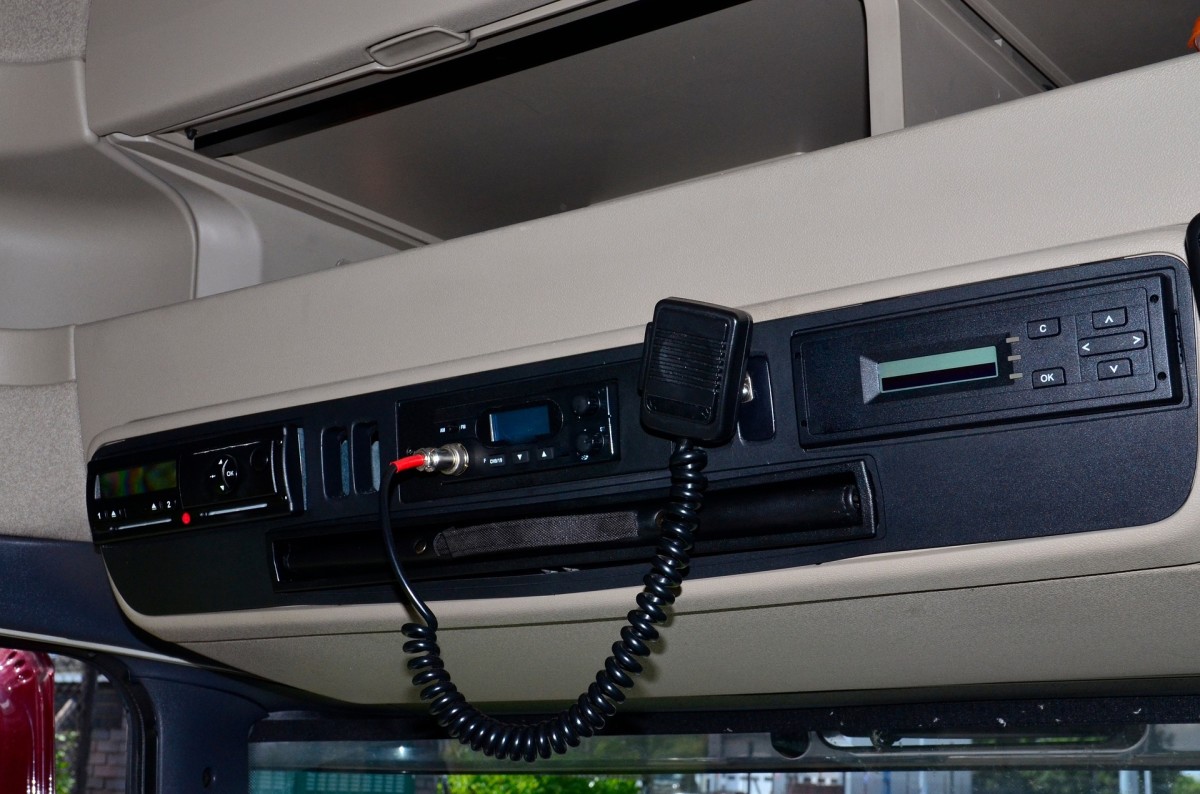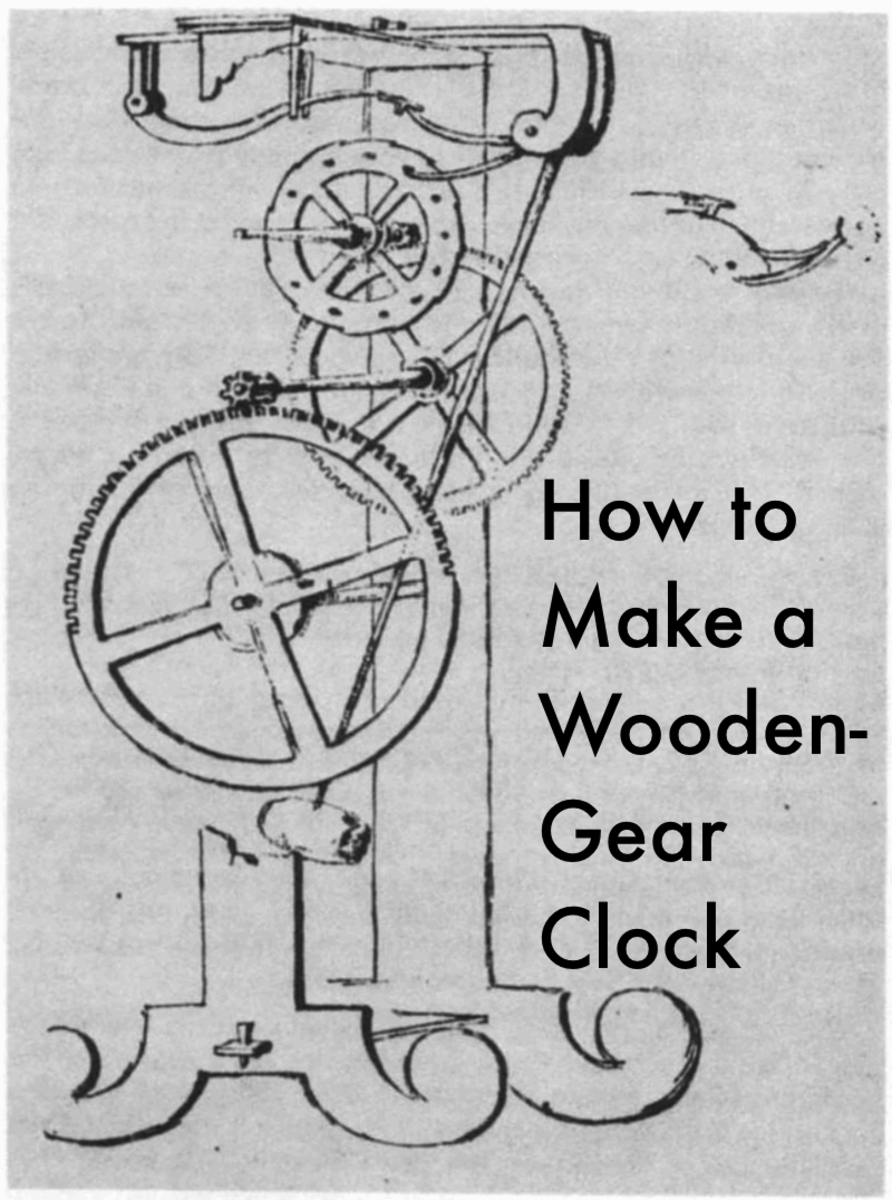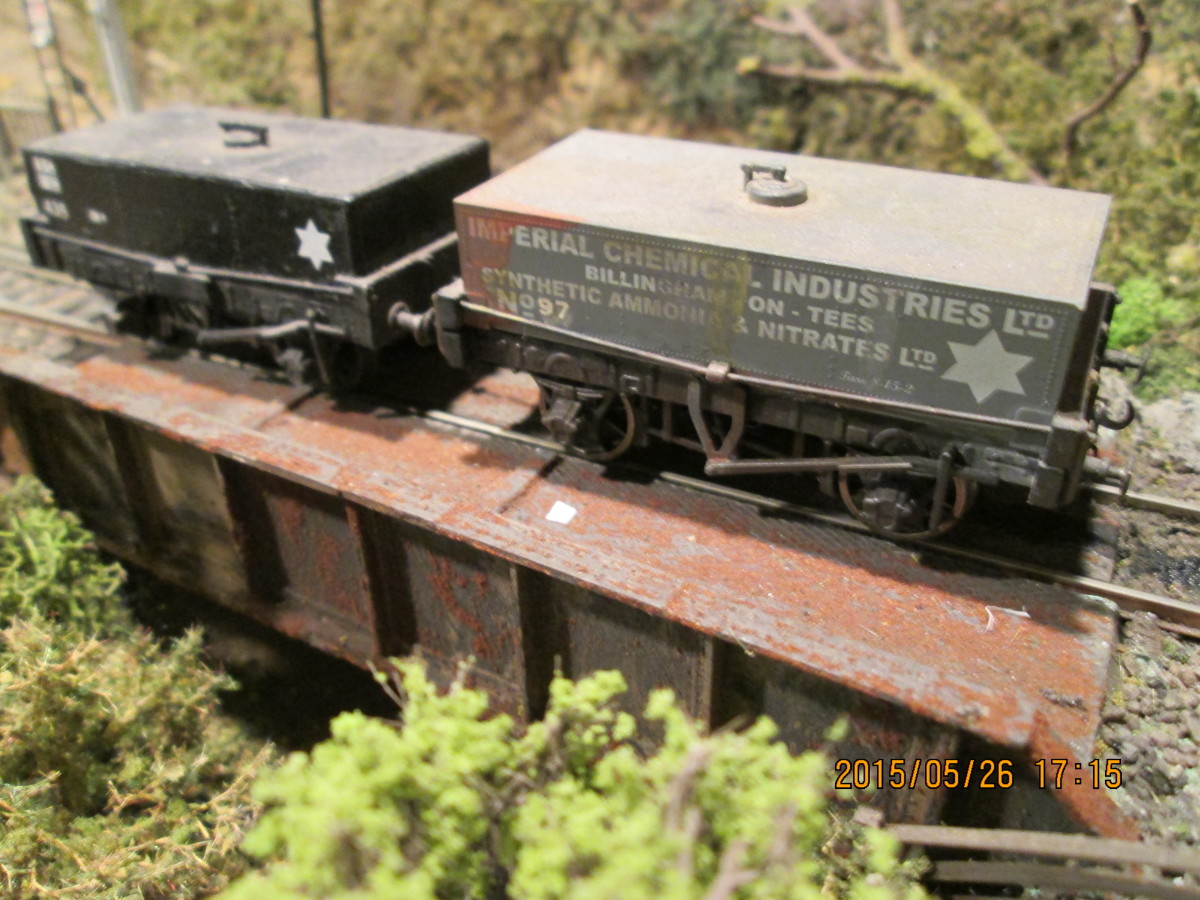The Roots of Ham Radio
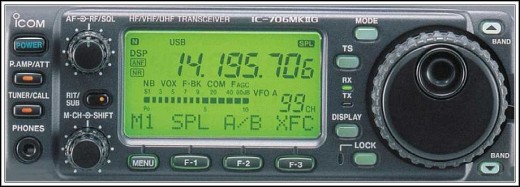

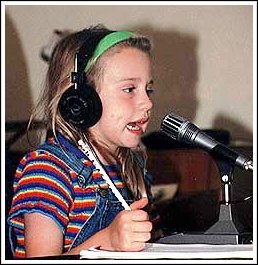
The roots of amateur radio, most often referred to as ham radio, began in the late 1800s. One might say it all began with the Morse code invented in 1835 by Samuel Finley Breese Morse when people began communicating by telegraph.
However, it was a cumbersome, time consuming method and it became evident a way to communicate more efficiently was needed. At the time the Morse code was used almost exclusively by American operators. However, many countries weren’t too enthused with it as messages could easily be misunderstood by spacing of the “dits” and “dots.”
Thus, the Q code came into being with the telegraph call “CQ” being used on the English telegraph. CQ was a term used in the beginning by the postal service basically meaning for all stations to stand by to receive a message. Guglielmo Marconi (1874-1937) an Italian inventor is generally credited for developing the first practical wireless radio in 1895, but this has been a subject of much debate.

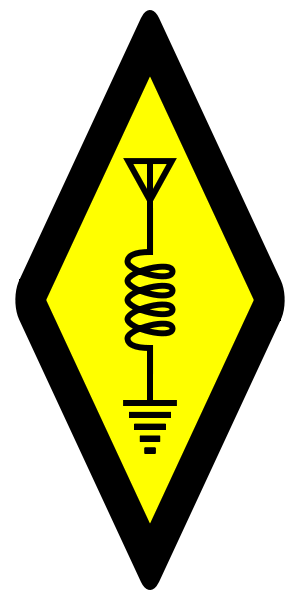
Like many other telegraph terms originating with landlines, the term CQ followed over into radio and used as a general call to all ships. But, there were still problems to be addressed, such as language barriers between ship and shore stations of differing countries.
So in 1912, CQ was adopted as the international "attention" signal. Today, CQ is still widely used by wireless operators as an invitation for anyone listening to respond. But why were the letters CQ chosen? It evolved from the French word sécurité, meaning “safety” or “pay attention.”
In its infancy all stations were competing for air time which had rapidly swamped the one and only radio frequency (RF) in existence at the time. Now, there are numerous frequencies amateur operators can utilize.
Ham operators are called amateurs to distinguish them from commercial radio broadcasters, police and fire department communications, marine, aviation and professional 2 way communications such as taxi companies.

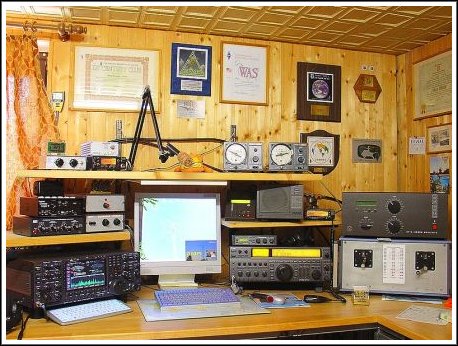
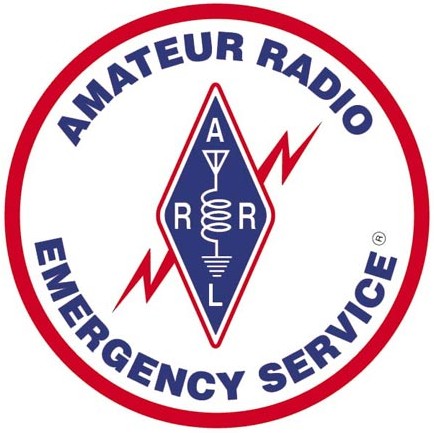
However, by 1912 so many stations were broadcasting, laws became necessary to prevent interference. As a result the United States Congress passed the Radio Act of 1912 which restricted private stations to wave lengths of 200 meters or shorter. Soon after, amateur radio operators (hams) founded the American Radio Relay League (AARL) in 1914. The original purpose of the organization, as the name implies, was to relay messages from one station to another.
To further alleviate overcrowding of the air waves Q codes were established. They are a series of abbreviated message codes used to shorten lengthy conversations. Call signs were also instituted to identify an operator and their country they are licensed to broadcast in.
The capabilities of ham radio go far beyond those of CB (citizens band radio). However, to become a ham operator most countries require a license. These can be obtained in various categories by way of successfully passing a test in which specialized knowledge and practical skills have to be demonstrated. Today, there are over 1 million radio amateurs worldwide. Many are members of clubs and organizations made up of other radio enthusiasts.

From their meager origins ham operators have become an important link in situations of natural disasters and other emergencies. When disaster strikes these operators play a vital role during earthquakes, tsunamis, cyclones and floods by providing emergency communication services. Some groups continuously monitor airwaves to be readily available to respond.
Recent examples of their usefulness was demonstrated in the 9/11 World Trade Center attack and in September 2005 during hurricane “Katrina.” Amateur radio operators effectively coordinated disaster relief activities when other systems failed.
Although most operators are somewhat versed in emergency communications capability, those focusing on public service assistance usually become a member of specific groups who provide instruction in disaster training. In the United States, there are two major organizations. The Amateur Radio Emergency Service (ARES), sponsored by the ARRL and the Radio Amateur Civil Emergency Service (RACES), regulated by the Federal Communications Commission (FCC).
However, unlike citizens’ band radios, ham operators use repeaters. These are needed because the distance a signal can be transmitted is very limited. Amateur radio repeaters receive weaker signals and then amplify them so they can cover longer distances. Most repeaters are located on hilltops or tall buildings as higher elevations tend to increase transmission distances.
Additionally, there are satellites in orbit which act as repeaters. The first Orbiting Satellite Carrying Amateur Radio (OSCAR), OSCAR-1,was launched on December 12, 1961. OSCAR series satellites use amateur radio frequencies to make communication between amateur radio stations possible.
And on top of all that, it's fun!



